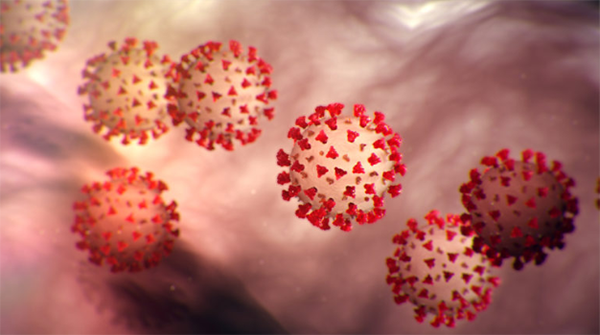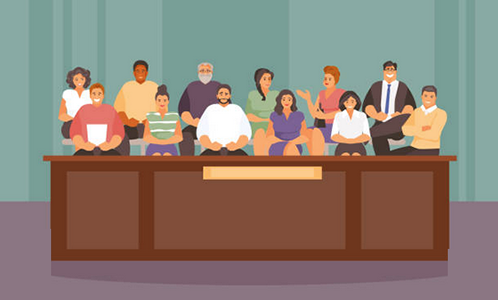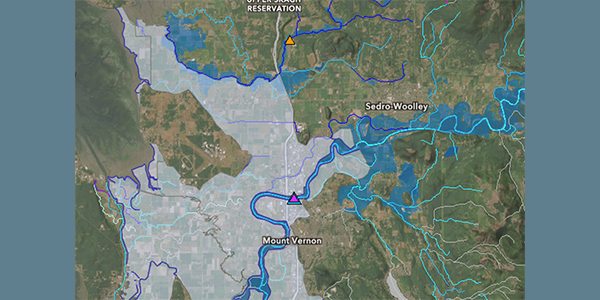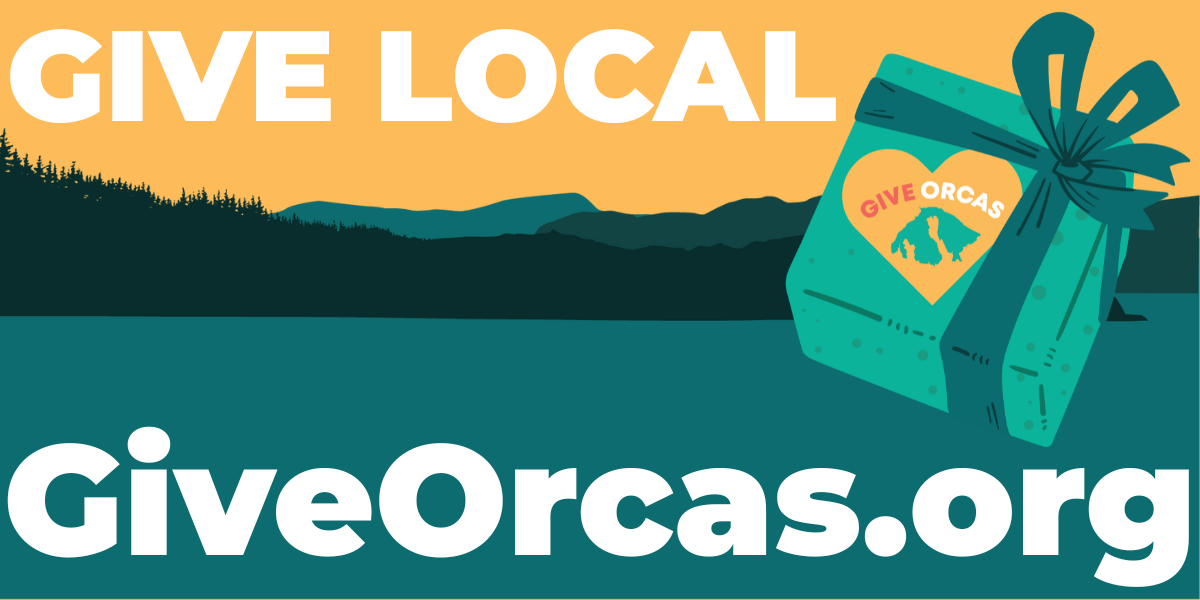||| FROM BRENDAN COWAN for DEPARTMENT OF EMERGENCY MANAGEMENT |||
As cases rise, it is worth taking another look at what employers and employees can do to protect themselves and their businesses from COVID impacts.
The basics are nothing new: cover our faces, wash our hands, stay home when sick. That said, it is important to understand the ways in which a business can be affected and some of the things that help minimize risk:
First off, an observation: while nearly all island businesses are doing an incredible job with face covering in public areas, a small number of workplaces have non-public spaces where employees operate unmasked. We know this because some San Juan County Health & Community Services contact tracing efforts have been complicated by groups of employees who work out of view with their faces uncovered.
Technically, if everyone is six feet apart in a workspace they can work unmasked. Practically speaking, that is nearly impossible to maintain in most settings. Businesses should err on the side of caution and require mask wearing. It is easy to become complacent, but for some, becoming infected with COVID is a prolonged and serious medical event. Protecting employees (and customers) is just common sense.
Many employers and employees mention the difficulty and inconvenience of wearing a mask at work. While this is no doubt true, think of our grocery store employees, our doctors and nurses and medical staff, and our retail store workers who always wear masks at work. Keeping the community safe and a business operational depends on this collective effort.
Also remember that if an employee tests positive, all close contacts need to go into quarantine for 14 days. For most businesses, losing staff for this long is a major concern. However, if employees are consistently masked up, the likelihood of co-workers being considered close contacts and needing to quarantine drops dramatically.
Another way to reduce risk is to ensure that those employees who choose to travel by plane or other public transport, socialize indoors with those outside their household, or engage in other higher risk activities should be thoughtful about when they return to work and employers should be diligent in managing the risk. A minimum of a 10 day waiting period between high risk behavior and returning to work is strongly recommended. In addition, as per Governor’s guidance, anyone returning from out of state travel should quarantine for two weeks upon return to WA.
Employers may also think about the scheduling or separation of workers and explore options for minimizing the chance of all staff being impacted at once. If you have workers who all perform essential tasks at your business, are there ways for them to work in smaller isolated groups or work staggered or separate shifts to minimize exposure?
In short:
- Employees should cover their faces while at work, even if away from the public.
- Everyone should stay home when sick.
- Those engaging in high risk activities should work from home if possible or quarantine until waiting
period has passed. - Employers should think creatively about how to schedule work to minimize risk.
Island business have been and will be severely impacted by positive cases in our community. Taking steps to minimize those impacts is a good business practice on all fronts.
**If you are reading theOrcasonian for free, thank your fellow islanders. If you would like to support theOrcasonian CLICK HERE to set your modestly-priced, voluntary subscription. Otherwise, no worries; we’re happy to share with you.**









Living in fear lowers your immune system.
If you are working indoors, being six feet apart is NOT sufficient. As Dr. Michael Osterholm of the University of Minnesota, an outspoken member of Biden’s Covid-19 panel, says, “We gotta stop swapping air!” Masks are still needed when indoors.